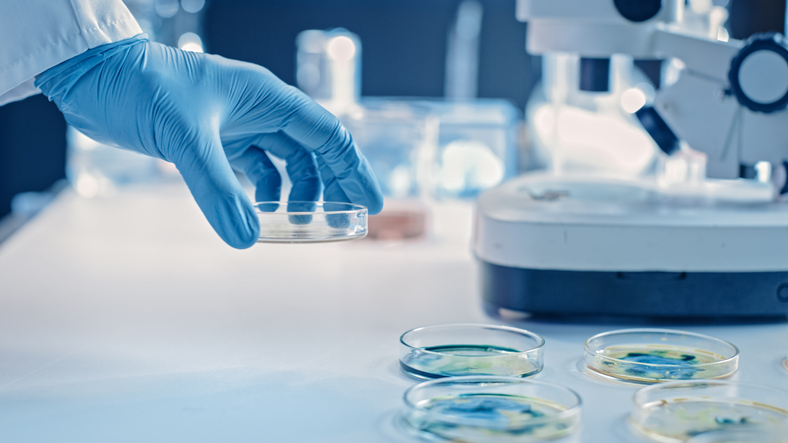5 Differences Between Pharmacokinetics And Pharmacodynamics
Pharmacology is the study of drug and human interaction. Within pharmacology sciences, pharmacokinetics and pharmacodynamics are two broad divisions crucial for pharmaceutical analysis. Pharmacokinetics studies (PK) and pharmacodynamics (PD) determine the drug safety and efficacy profiles by measuring and describing the complex interactions between the body and a pharmaceutical drug product.
Regulatory agencies are responsible for the approval or denial of new drugs to a potential market. They are also responsible for ensuring the safety and efficacy of all drug products. However, understanding these efficacy and safety profiles partly depends on PK and PD analysis. Although PK/PD analysis provides crucial drug safety and efficacy data, there are certain fundamental differences between them. Following are the five primary differences between PK and PD analysis. Moreover, the current article also provides specific PK/PD applications for CROs and pharmacokinetic services.
Five key differences between pharmacokinetics and pharmacodynamics (PK vs. PD)
- PK studies the drug movement through the body. On the other hand, PD is the body’s natural response to a drug product.
- PK assays study the effect of an organism on a specific drug product, while PD evaluates the impact of a drug product on the target organism.
- PK models are based on characterizing the bioavailability and absorption, distribution, metabolism, and excretion properties of a drug product, whereas PD assays are assessed in terms of molecular or biological interactions.
- PK assays provide crucial information about the course of time of drug concentration and the effects these drug concentrations may have on the organism. PD assays contribute to understanding drug intensity with respect to drug concentration in the body.
- Finally, the analysis-dose response curve for pharmacokinetic assays is drug concentration vs. time. Contrarily, drug effect vs. time is the analysis-dose response curve for pharmacodynamic assays.
PK/PD analysis
PK/PD analysis is crucial for drug development. They help us understand drug movement through the body and how an organism reacts to the drug product. Researchers use these insights to design more robust clinical trials such as dosage forms or drug reactions. Besides, clinicians use PK/PD data on the drug label to better treat different patient types. For example, the elder vs. younger population and patients with and without liver diseases. Moreover, PK/PD analysis can help determine several parameters related to drug development. These parameters include:
- Determine drug exposure
- Characterize appropriate dose levels for a clinical trial
- Modify appropriate changes in drug doses
- Identify the rate of absorption and elimination
- Quantify bioavailability and bioequivalence
- Understand inter and intra-patient variability
- Determine safety margins.
Drug developers can integrate PK/PD profiles with preliminary data and evaluate the probabilistic risk profiles of potential drug candidates. These discernments can help eliminate drug candidates possessing a higher risk of failure in subsequent clinical trials.
In conclusion, PK and PD are crucial components of a drug discovery and development project, as they help assess the safety and efficacy profiles of drug candidates. Although PK and PD are used in tandem in a pharmaceutical setting, they have some fundamental differences, and understanding these differences can be the key to a robust drug development project.





